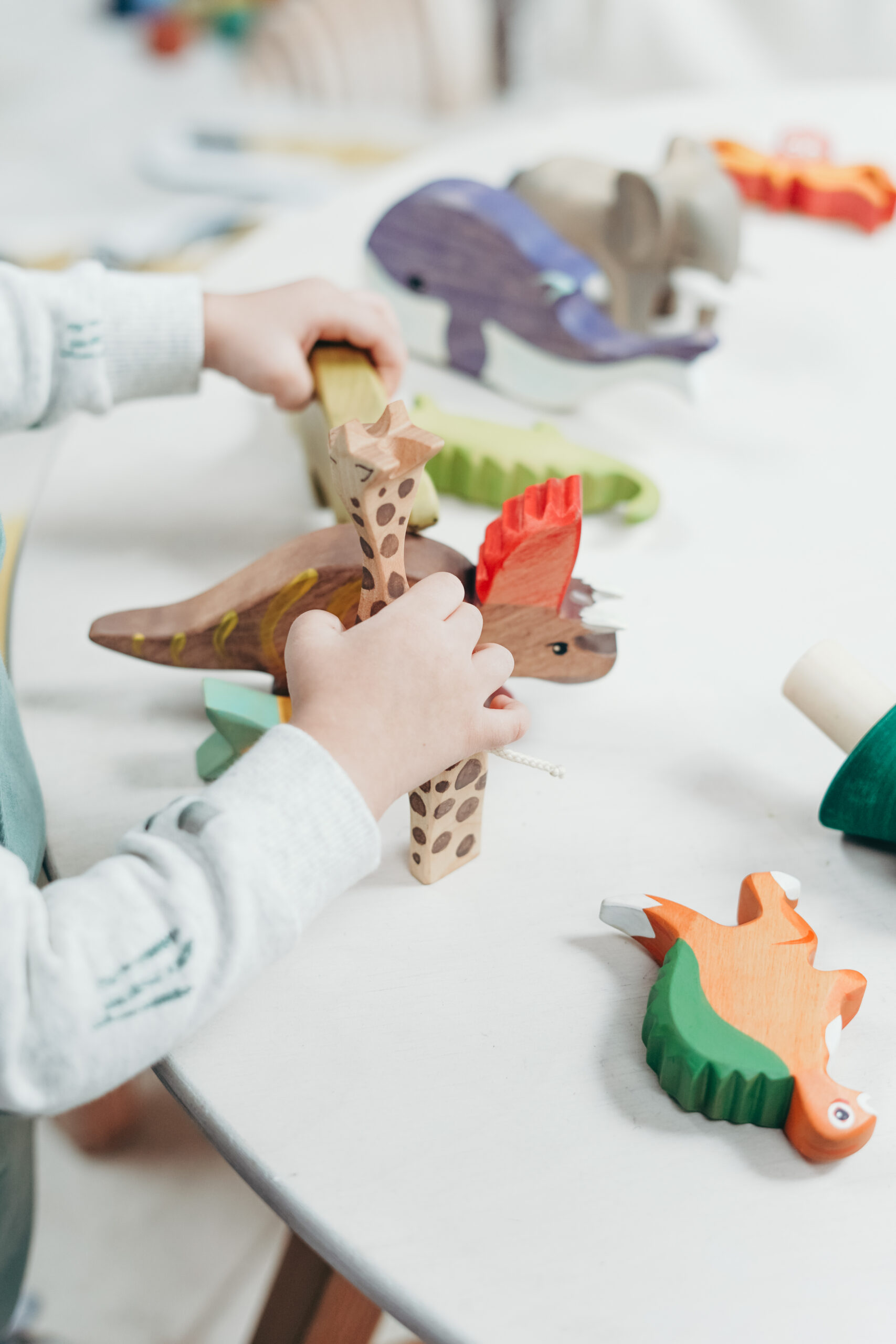Unlock the Box of Imagination: A Parent’s Guide to Creativity in Early Childhood
Hello, wonderful parents! Are you keen to explore the enchanting world of your child’s creativity? Well, you have come to the right place! As parents, we all want to nurture our children to be their best selves. One aspect of that is fostering their creative abilities during early childhood. We understand that it can be a challenging task. Not to worry, we got you covered. With this lovingly crafted guide, we aim to help you navigate the path of your child’s creative journey.
Introduction to Creativity in Early Childhood
Imagine two individuals. One is a problem solver, an innovator, who can think outside the box and concoct original solutions. The other always adheres to set rules, is agitated by novelty, and mostly thinks inside the ‘recommended’ box. Now, who among these two do you think will have a more fulfilling and successful life? We bet your answer is the former. This underlines the importance of nurturing creativity from a young age—it becomes an essential life skill!
What is Creativity?
Creativity is not just about being good at drawing or having a knack for crafting unique stories. It’s about thinking differently and interpreting the world in new ways. It’s about making connections between unrelated concepts or ideas to solve a problem or create something new. Therefore, fostering creativity means providing your children with opportunities to explore, experiment, and express themselves in various forms.
The Impact of Creativity on Early Childhood Development
The Cognitive Benefits of Creative Play
Creative activities are not just fun, they also boost your child’s cognitive development! When your little ones engage in creative play, they are not just splashing paint on a canvas or building blocks — they are learning to recognize patterns, solve problems, and understand cause and effect.
How Creativity Influences Social and Emotional Growth
Being creative often involves taking risks and handling failures, which fosters resilience and the ability to cope with disappointment. Moreover, expressing themselves creatively can make children more in tune with their emotions and those of others, fostering empathy.
How to Foster Creativity
Parents, strap on your adventure helmets because in the next part of our guide, we’re going to embark on an exhilarating journey of fostering creativity in your children. From introducing the right toys and games to infusing creativity into everyday activities, we’ll provide practical tips and guidance on bringing out the best of your child’s potential.
Stay tuned and let’s have some fun boosting your child’s creativity together!

Credit: Pexels
The Magic of Toys and Games
Toys are much more than mere sources of entertainment; they can be instrumental in developing your child’s creativity. Opt for open-ended toys, like building blocks and craft materials, that offer endless possibilities. Encourage your kids to create their own rules and narratives in their games. Role-playing games are also a great way to foster creative thinking, so get their costumes ready and play along!
Creative Learning Spaces
Never underestimate the power of the environment in enhancing creativity. Create a ‘creation station’ stocked with art supplies, recyclable materials, and anything else that sparks your child’s imagination. Embrace their mess, as it often means they are engaging with materials and ideating!
Creativity in Everyday Activities
Turn routine tasks into fun creative activities. Let your child help in cooking, appreciate their unique sandwich shapes or salad dressing patterns. Ask your child to imagine a story behind the clouds or create a song about their toys. The aim is to integrate creativity as a part of their day-to-day experiences.
In Conclusion: Encourage, Appreciate and Celebrate!
Remember, fostering creativity isn’t about producing the next Picasso or Beethoven. It’s about nurturing your child’s ability to think creatively, to solve problems, and to express their ideas and emotions.
Always encourage their efforts, appreciate their originality, and above all, celebrate their imagination and creativity. It’s not about the end product, but the imaginative journey they embark on.
You are their greatest cheerleader, and your support will help their creativity flourish. So, take this incredible journey with your child and watch them bloom!
Embracing Your Child’s Creative Journey
Dear parents, just embrace your child’s creative journey with all its colors, shapes, sounds, and the enchanting imperfections. Your guiding hand and reassuring words are the real strokes on the canvas of your child’s creative development. So, let’s embark on this exciting journey together and shape the artists, scientists, writers, and thinkers of tomorrow.
In the end, remember one thing: The best way to boost your child’s creativity in early childhood is to nurture it with love, patience, and understanding. So, shine on, creative parents! Happy parenting!
Preparing for Creativity in Early Childhood: 5 Critical Points for Parents
Fostering creativity in early childhood is essential for your child’s cognitive development and overall wellbeing. Therefore, as a parent, it’s crucial that you are well-informed in how best to encourage and nurture this invaluable trait in your little ones. Here are 5 key points you need to know.
1. Value the Process Over the Product
The importance of creativity in children isn’t about producing perfect end products. It’s about the process itself. Let your child explore, experiment and take creative risks. This process encourages critical thinking, problem-solving, and self-expression.
2. Provide Ample Resources and Opportunities
Include various resources appropriate for their age group, such as crayons, paints, play dough, and construction toys, to spark their imagination. Provide opportunities for creativity, such as playtime and artistic activities without explicitly dictating the activity’s outcome.
3. Encourage Open-ended Play
Allow your child to engage in unstructured, open-ended play. This kind of play has no set rules or expectations, which allows kids to use their imagination freely and promotes creativity.
4. Embrace Mistakes
Another aspect of fostering creativity is to allow kids to make mistakes and fail. This is how they learn and grow. It teaches them resilience and that it’s okay to try new things even if they might not work out initially.
5. Be a Role Model
Children look up to their parents, so lead by example. Show your own creative side and work to foster a home environment that values creativity and original thinking. This way, your child will feel more confident in being creative themselves.
Remember, creativity helps your child become a confident problem solver, develop healthy emotional responses, and adapt to new situations. By facing these 5 points head-on, you’ll be taking great strides in cultivating your child’s creativity.
For more great articles please see here. For more information on raising children see here
Disclaimer
The articles available via our website provide general information only and we strongly urge readers to exercise caution and conduct their own thorough research and fact-checking. The information presented should not be taken as absolute truth, and, to the maximum extent permitted by law, we will not be held liable for any inaccuracies or errors in the content. It is essential for individuals to independently verify and validate the information before making any decisions or taking any actions based on the articles.




